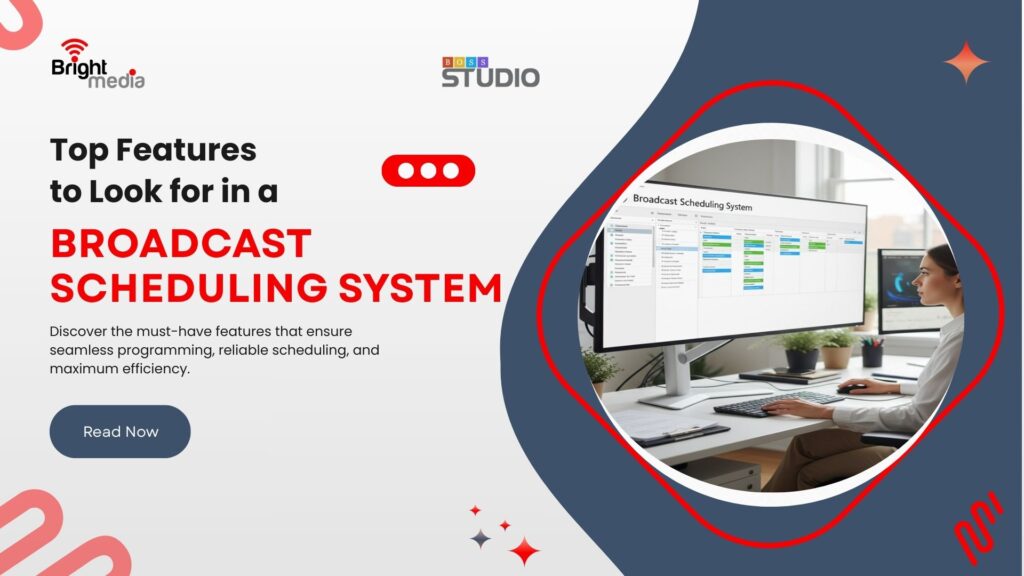
Top Features to Look for in a Broadcast Scheduling System
A broadcast scheduling system is the lifeline of any TV, Radio or digital channel. It drives programming, maximizes advertising revenue, and keeps audiences engaged. That said, not all broadcast scheduling platforms are equal. When choosing a broadcast scheduling system, broadcasters need to focus on the features that increase efficiencies, flexibility, and monetization.
Also read – The Role of Cloud Technology in Broadcast Scheduling
Below are the top must-have features:
1. Intuitive Program Scheduling
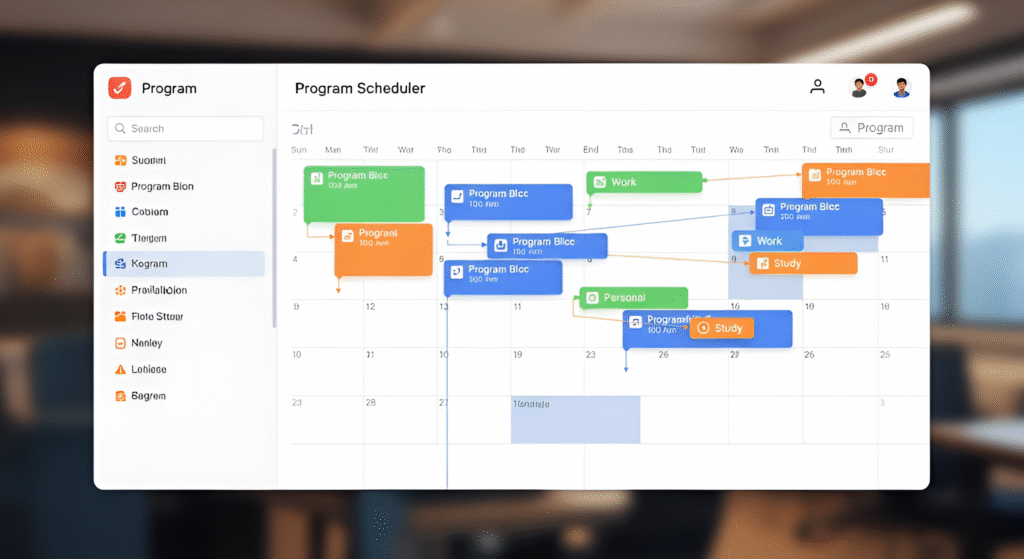
An intuitive drag-and-drop interface makes it easy to create, modify, and automate schedules. The best interface will let planners add in shows, advertisements, promos, and special events as they would like.
2. Automated Playlist Management
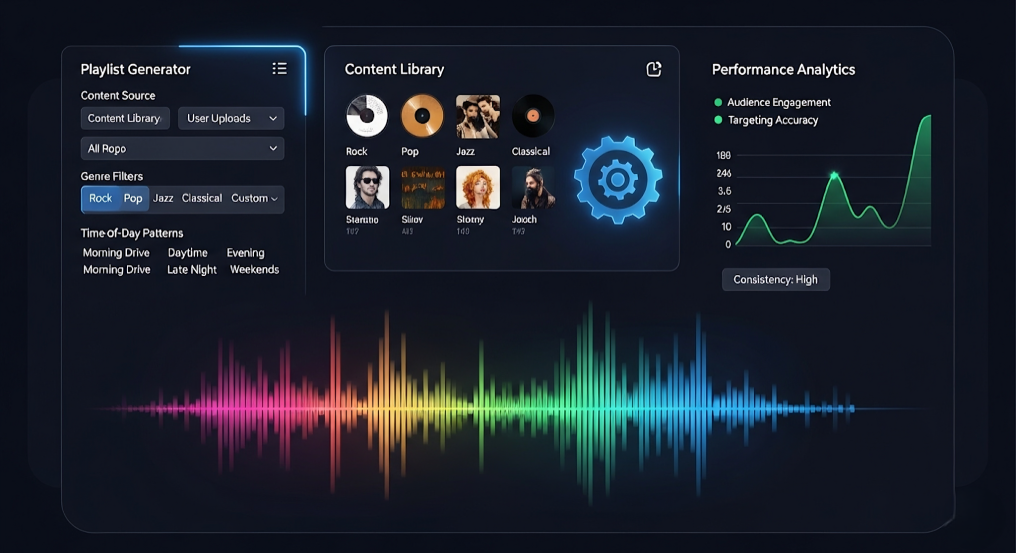
Automation tools reduce manual mistakes by allowing playlists to be generated based on content libraries, genres, or time-of-day patterns. These playlists result in consistency and improved targeting of audiences.
Also read – From Chaos to Control: The Power of Traffic Scheduling System in Broadcasting
3. Ad Insertion & Revenue Optimization
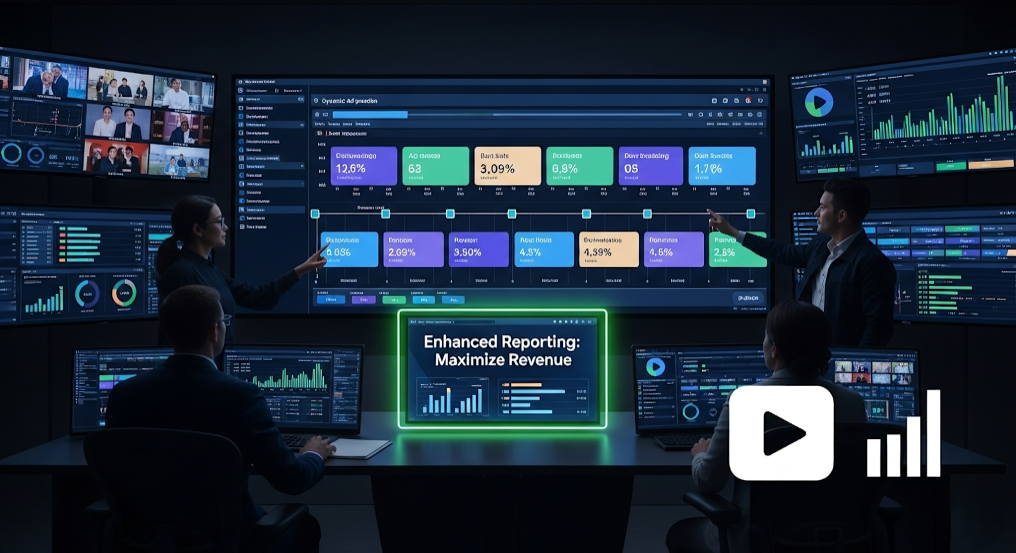
The system would have to provide dynamic ad insertion so broadcasters can serve ads at the appropriate time. The system will provide enhanced reporting for airings, impressions & ad performance to maximize revenue.
4. Content Rights & Compliance Management
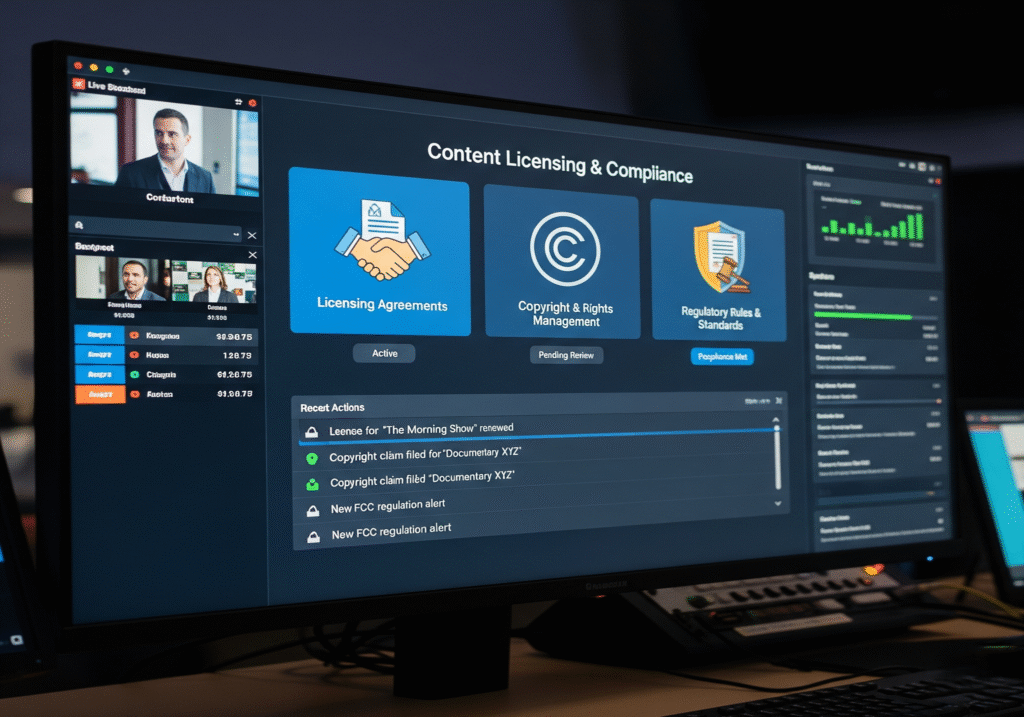
A good system must track licensing agreements, copyright, and every regulatory rule. It must alert the scheduler if content is overused, restricted or out of compliance.
Also read – Why Every Broadcaster Needs a Traffic Scheduling System
5. Multi-Platform Delivery
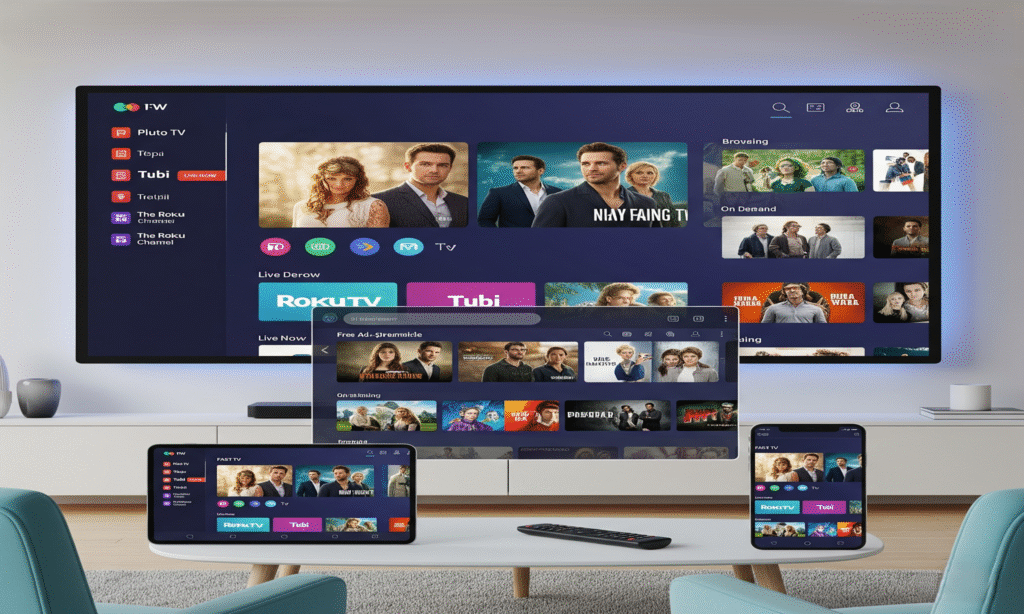
With audiences distributed across linear TV, OTT, web, and mobile, a good system lets you distribute programming across multiple channels simultaneously with no doubling up of work.
6. Analytics & Reporting
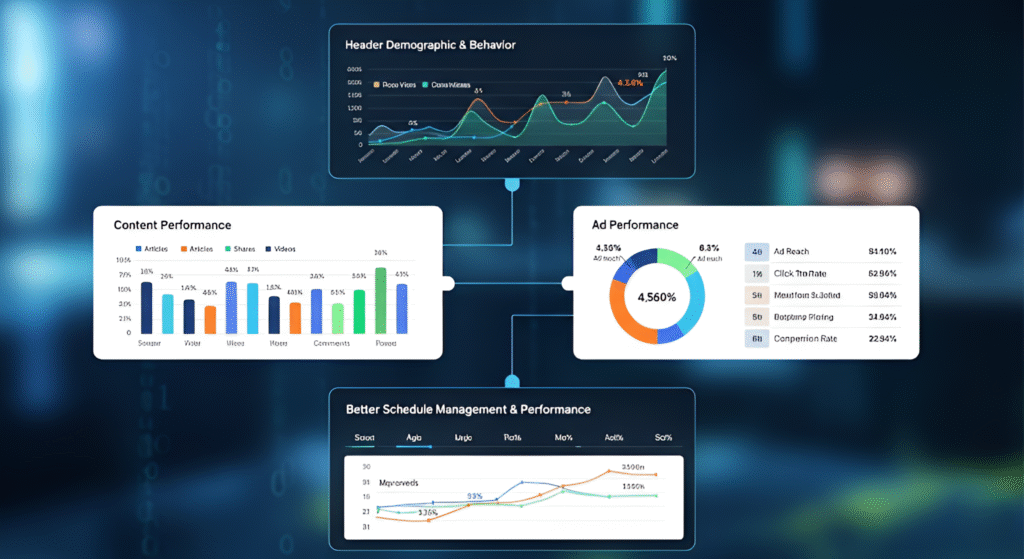
Deeper analytics reveals header demographic and behaviour, content performance and Ad performance. The result is better schedule management and performance.
Also read – The Future of Broadcast Traffic: Automating Scheduling for Maximum Efficiency
7. Scalability & Cloud Support
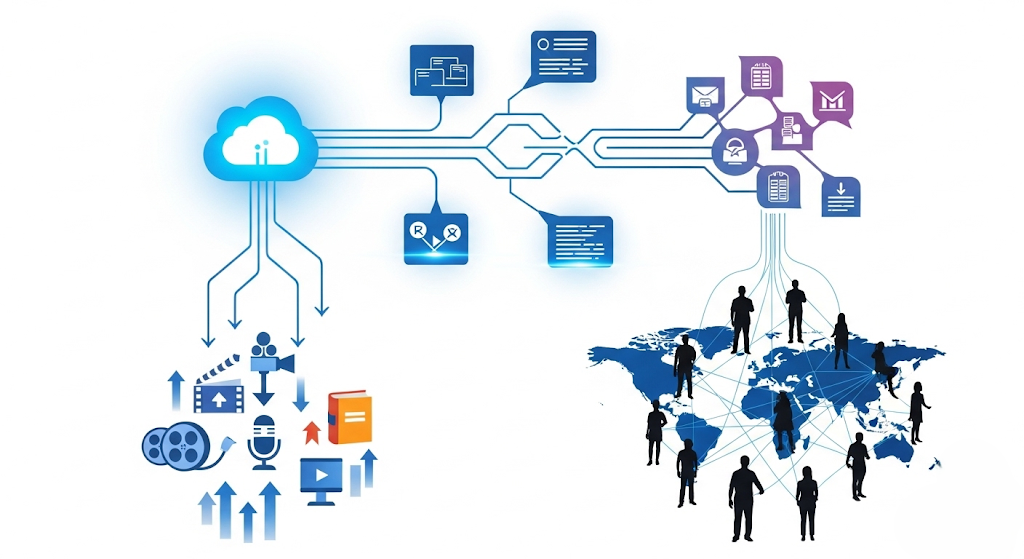
A cloud-based system that is very flexible gives media regions the ability to adjust with growing content libraries and audience. Also, those with distributed talent and team can manipulate operations in a geo-demographic space.
8. Real-Time Updates & Flexibility

The system needs to provide the ability to adjust schedules in real time for live coverage, breaking news or other last moment scheduling changes and not break continuity.
Also read – Maximizing Ad Revenue with Intelligent Broadcast Traffic Solutions
9. Integration Capabilities
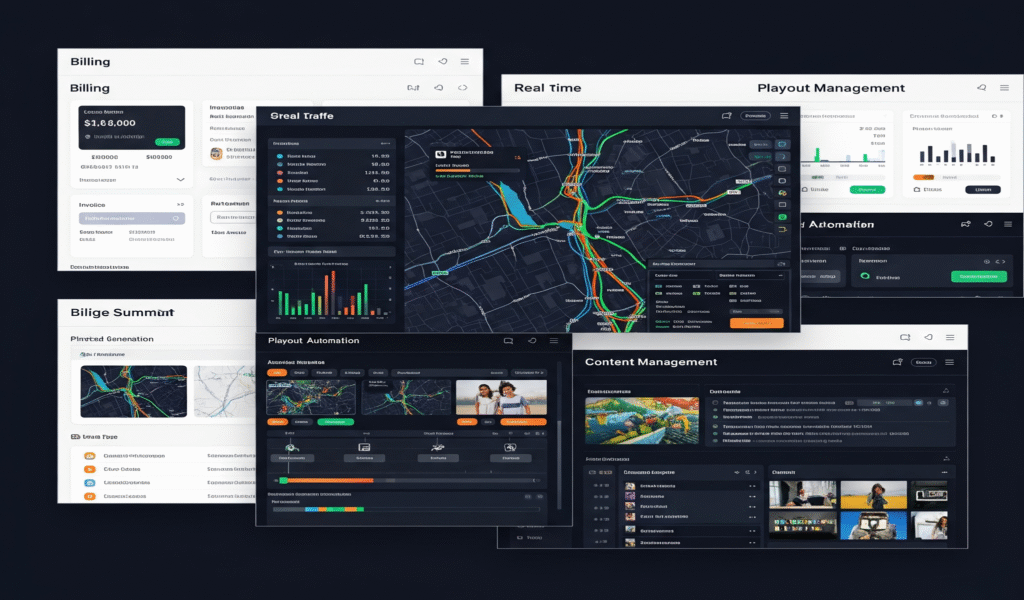
The system must consolidate with traffic, billing, playout automation, and content management systems to establish a single workflow.
10. Audience-Centric Personalization
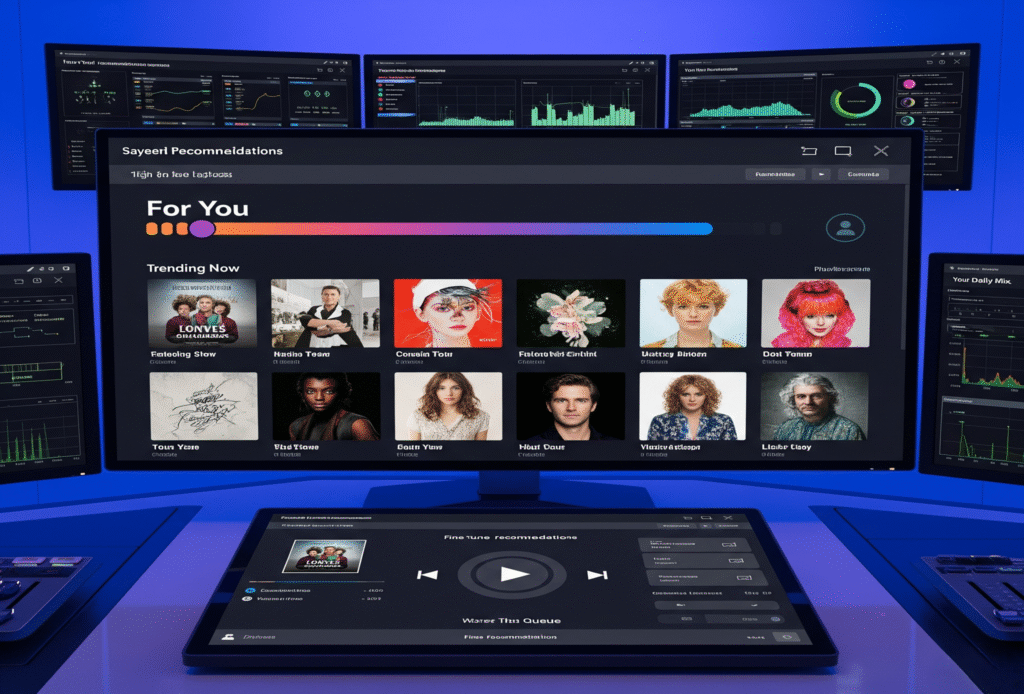
An advanced broadcast scheduling system should use AI/ML to create recommendations and playlists that engage audiences by segmenting and personalizing in order to maximize the engagement.
Conclusion
BOSS Studio is not just scheduling software, it is a total broadcast management solution that helps broadcasters streamline their programming, increase ad revenue and connect with their audience through multiple platforms. Whether it is intelligent automation, deep analytics or flexible scheduling capabilities, BOSS Studio enhances a broadcaster’s efficiency, compliance and competitive edge through its broadcast scheduling system in an evolving marketplace.
